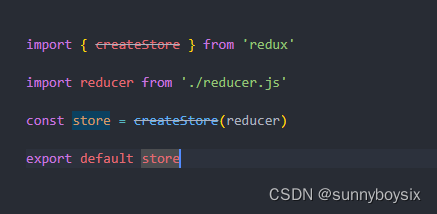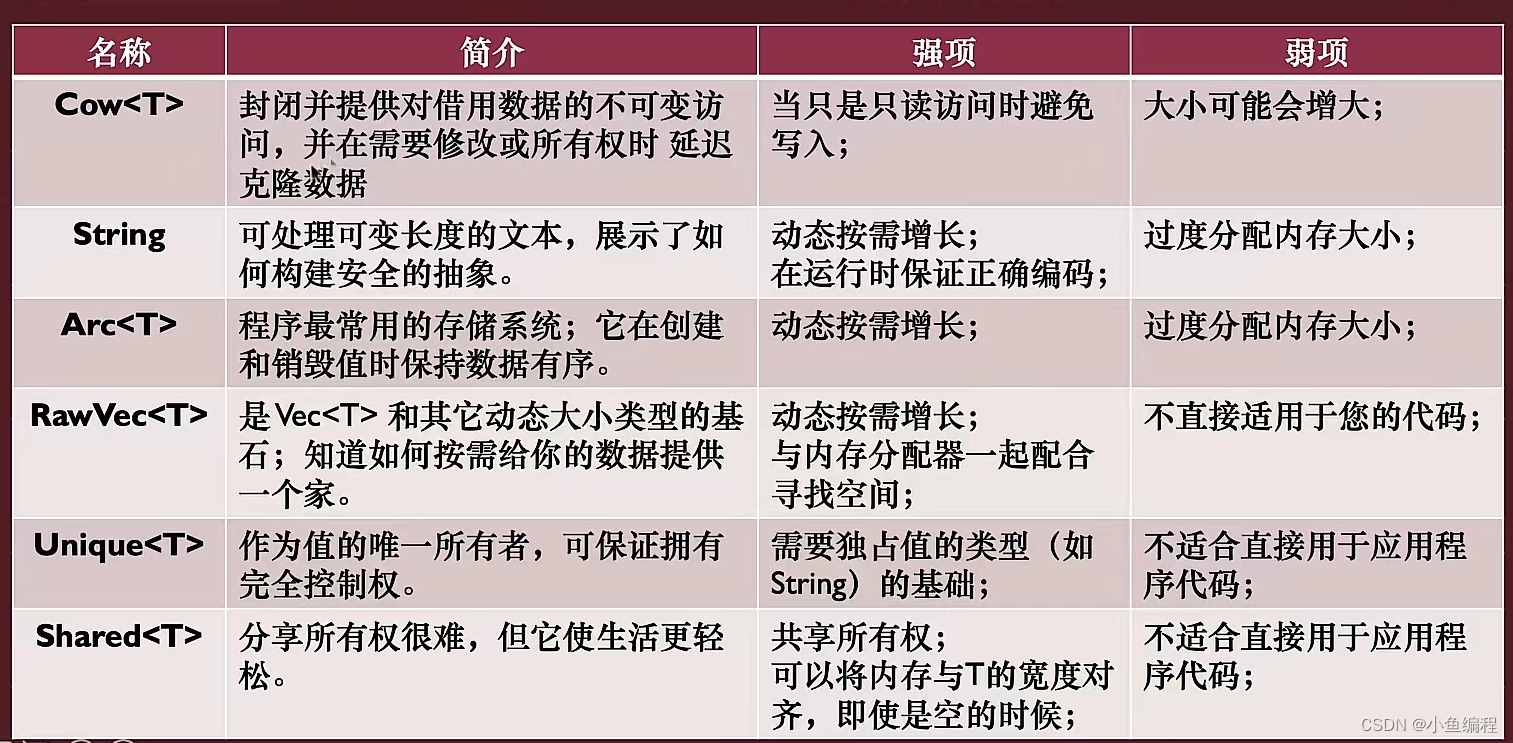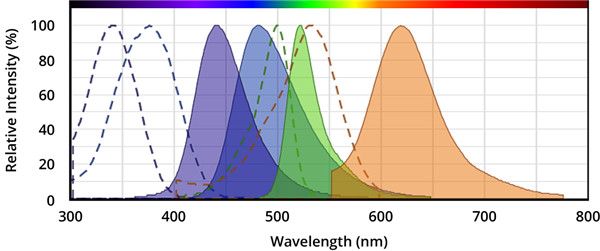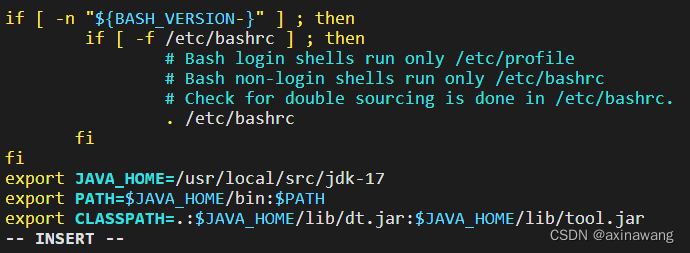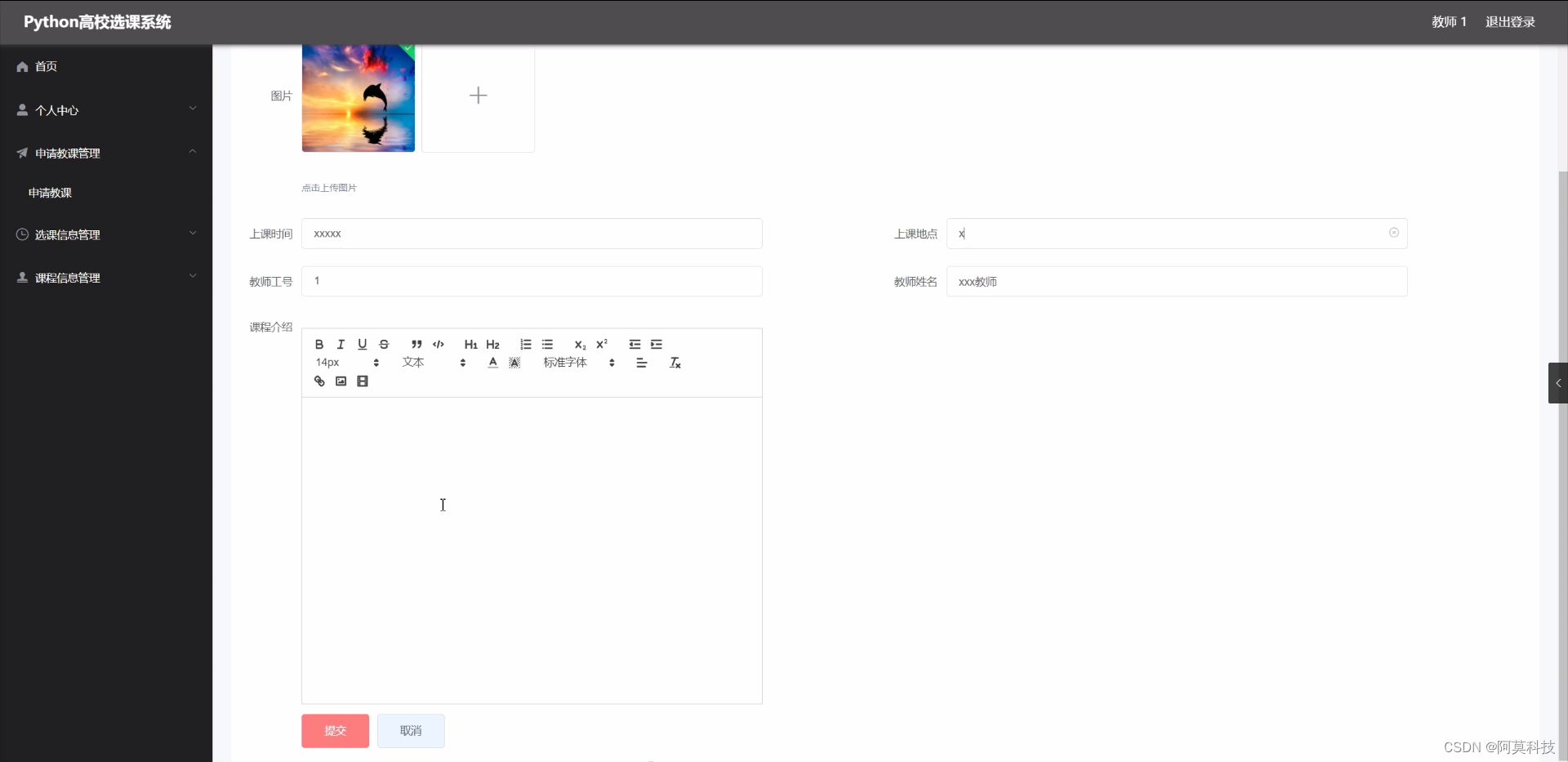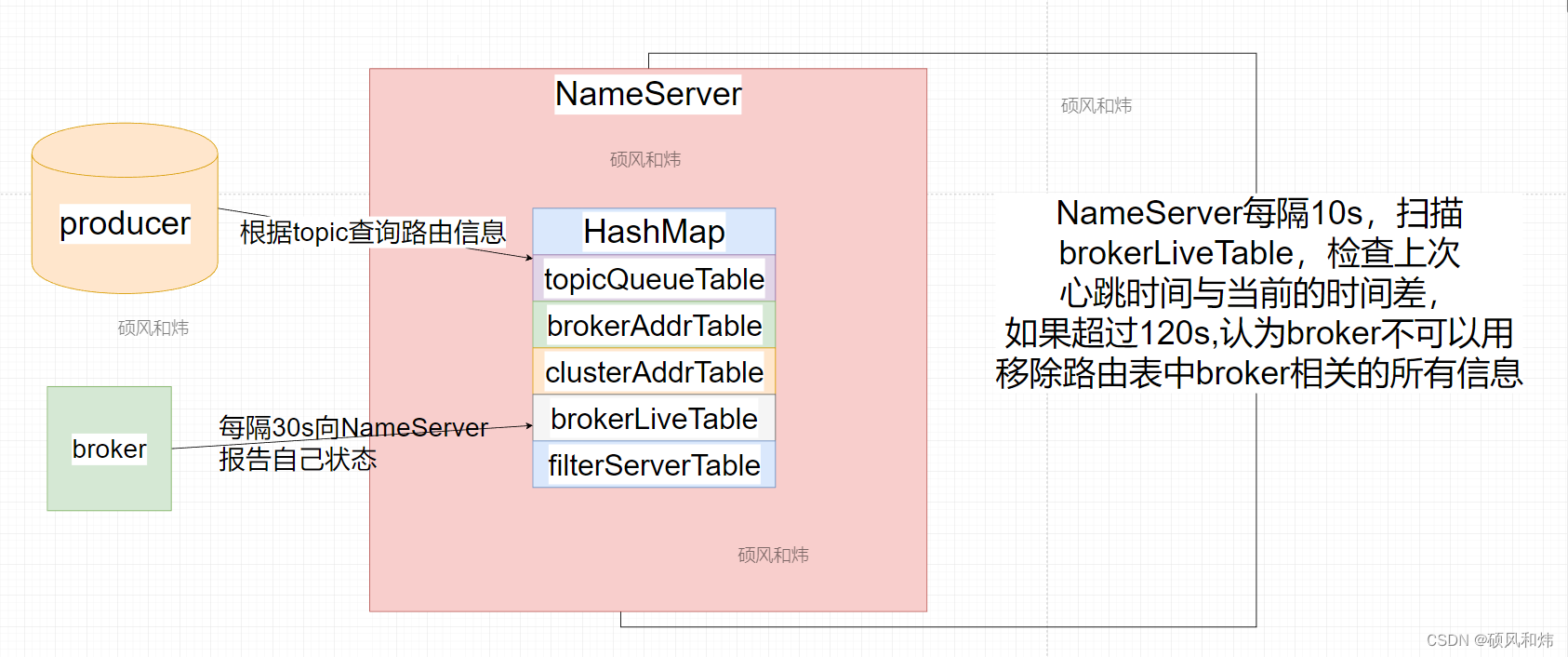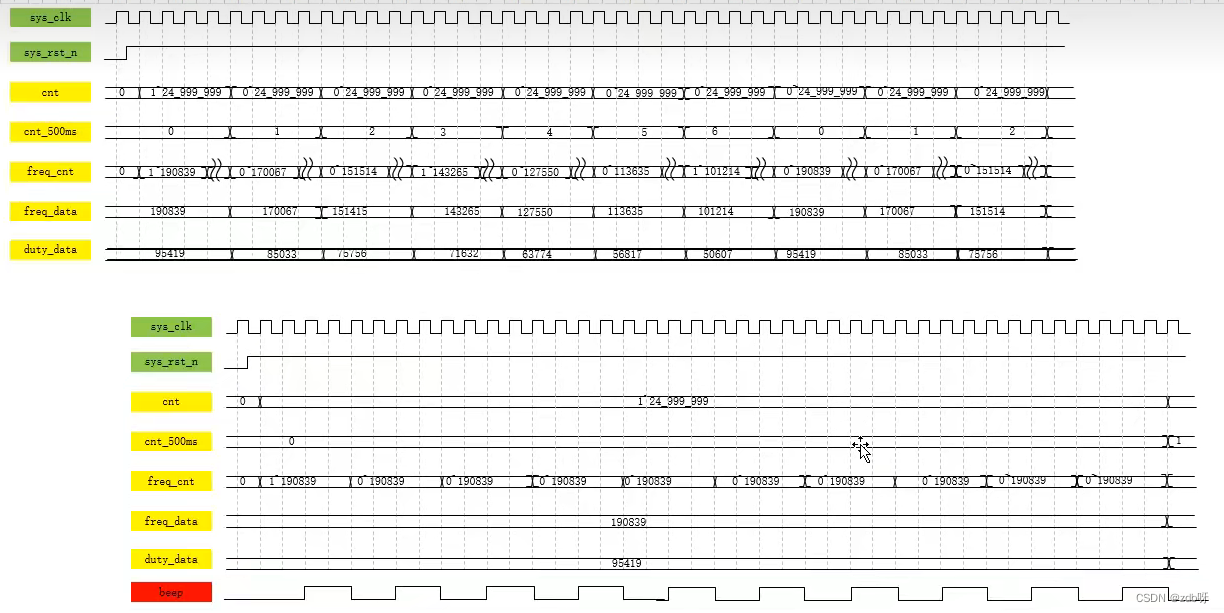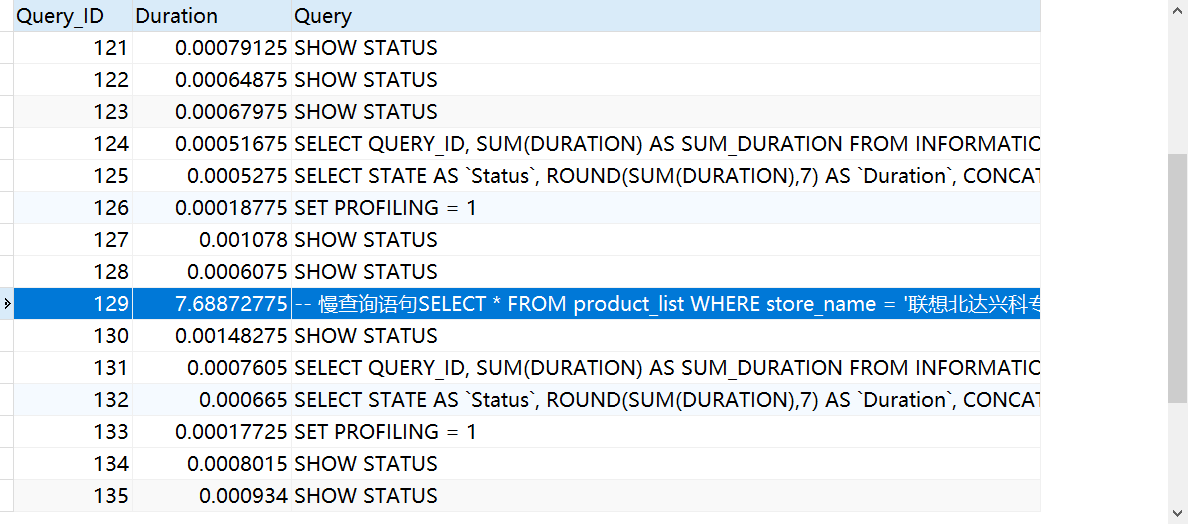C++——pair用法总结
- 1.pair概述(在标头 <utility> 定义)
- 2.pair使用
- 2.1成员函数(构造函数、赋值函数)
- 2.2非成员函数
- 2.3辅助类
- 使用
1.pair概述(在标头 定义)
std::pair 是类模板,提供在一个单元存储两个相异类型对象的途径。简单描述,即pair可以将2个数据组合为一个数据,当然pair的返回值也可以是2个数据。
template<class T1, class T2 > struct pair;
其中,T1是first_type,T2是second_type。
有关pair的描述,具体见下:
| 描述 | 成员1(T1) | 成员2(T2) |
|---|---|---|
| 成员类型 | first_type | second_type |
| 成员名 | first | second |
2.pair使用
2.1成员函数(构造函数、赋值函数)
| 构造函数 | 描述 |
|---|---|
| pair(); | ①默认构造函数。值初始化 pair 的两个元素 first 和 second。 |
| pair( const T1& x, const T2& y ); | ②以 x 初始化 first 并以 y 初始化 second。 |
| template< class U1, class U2 >pair( U1&& x, U2&& y ); | 以 std::forward(x) 初始化 first 并以 std::forward(y) 初始化 second。 |
| template< class U1, class U2 >constexpr pair( pair<U1, U2>& p ); | ③以 p.first 初始化 first 并以 p.second 初始化 second。 |
| template< class U1, class U2 >pair( const pair<U1, U2>& p ); | 以 p.first 初始化 first 并以 p.second 初始化 second。 |
| template< class U1, class U2 >pair( pair<U1, U2>&& p ); | 以std::forward(p.first) 初始化 first 并以 std::forward(p.second) 初始化 second。 |
| template< class U1, class U2 >constexpr pair( const pair<U1, U2>&& p ); | 以 std::forward(p.first) 初始化 first 并以 std::forward(p.second) 初始化 second。 |
| pair& operator=( const pair& other ); | ④复制赋值运算符。以 other 内容的副本替换内容。 |
| template< class U1, class U2 >pair& operator=( const pair<U1, U2>& other ); | ⑤赋值 other.first 给 first , other.second 给 second 。 |
| pair& operator=( pair&& other ); | ⑥移动赋值运算符。用移动语义以 other 的内容替换内容。 |
| template< class U1, class U2 >pair& operator=( pair<U1, U2>&& other ); | ⑦赋值 std::forward(p.first) 给 first , std::forward(p.second) 给 second 。 |
|
#include <iostream>
#include <utility>
#include <vector>
using namespace std;
int main()
{
pair<int, string> p1;//①默认构造函数
cout << "p1.first: " << p1.first << " p1.second : " << p1.second << endl;
pair<int, int> p2{ 1,3 };//②以1初始化first并以3初始化 second
cout << "p2.first: " << p2.first << " p2.second : " << p2.second << endl;
pair<int, int> p3{ p2 };//③以p.first初始化first并以p.second初始化second。
cout << "p3.first: " << p3.first << " p3.second : " << p3.second << endl;
pair<int, string> p4{ 3,"Hello World" };
p1 = p4;//④复制赋值运算符。以 other 内容的副本替换内容。
cout << "p1.first: " << p1.first << " p1.second : " << p1.second << endl;
pair<int, vector<int>> p5{ 1,{1,3,5} }, p6{ 2,{2,4,6} };
p5 = move(p6);//⑦operator=( pair<U1,U2>&& other );
cout << "p5.first: " << p5.first << endl;
cout << "p6.first: " << p6.first << endl;
return 0;
}
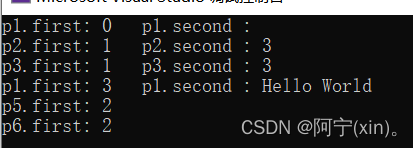
2.2非成员函数
| 非成员函数 | 描述 |
|---|---|
| template< class T1, class T2 >std::pair<T1, T2> make_pair( T1 t, T2 u ); | 构造 std::pair 对象,从参数类型推导目标类型。 |
| template< class T1, class T2 >bool operator==( const std::pair<T1,T2>& lhs, const std::pair<T1,T2>& rhs ); | 若 lhs.first = rhs.first 且 lhs.second = rhs.second 则为 true ,否则为 false |
| template< class T1, class T2 >bool operator!=( const std::pair<T1,T2>& lhs, const std::pair<T1,T2>& rhs ); | !(lhs == rhs) |
| template< class T1, class T2 >bool operator<( const std::pair<T1,T2>& lhs, const std::pair<T1,T2>& rhs ); | 按字典序比较 lhs 和 rhs ,即比较首元素,然后仅若它们等价,再比较第二元素。若 lhs.first<rhs.first 则返回 true 。否则,若 lhs.first>rhs.first 则返回 false 。否则,若 lhs.second<rhs.second 则返回 true 。否则返回 false 。 |
| template< class T1, class T2 >bool operator>( const std::pair<T1,T2>& lhs, const std::pair<T1,T2>& rhs ); | rhs < lhs |
| template< class T1, class T2 >bool operator>=( const std::pair<T1,T2>& lhs, const std::pair<T1,T2>& rhs ); | !(lhs < rhs) |
| template< class T1, class T2 >void swap( std::pair<T1,T2>& x, std::pair<T1,T2>& y ) | 交换 x 与 y 的内容。等价于 x.swap(y) 。 |
| template <class T, class U>constexpr T& get(std::pair<T, U>& p) ; | 返回到 p.first 的引用。 |
| template <class T, class U>constexpr const T&& get(const std::pair<U, T>&& p) noexcept; | 返回到 p.second 的引用。 |
| template< std::size_t I, class T1, class T2 >constexpr std::tuple_element_t<I, std::pair<T1,T2> >& get( std::pair<T1, T2>& p ) | 若 I0 则返回到 p.first 的引用,若 I1 则返回到 p.second 的引用。 |
#include <iostream>
#include <utility>
using namespace std;
int main()
{
pair<int, string> p1;//①默认构造函数
p1 = make_pair( 1,"Hello" );
cout << "p1.first: " << p1.first << " p1.second : " << p1.second << endl;
return 0;
}

#include <iostream>
#include <utility>
#include <vector>
using namespace std;
int main()
{
pair<int, int> p1{ 1,3 };
pair<int, int> p2{ 1,3 };
pair<int, int> p3{ 2,3 };
pair<int, int> p4{ 0,3 };
pair<int, int> p5{ 0,0 };
pair<int, int> p6{ 2,3 };
cout << (p1 == p2) << endl;
cout << (p1 < p3) << endl;
cout << (p1 > p2) << endl;
cout << (p1 != p2) << endl;
cout << (p1 <= p2) << endl;
return 0;
}

#include <iostream>
#include <utility>
#include <vector>
using namespace std;
int main()
{
pair<int, int> p1{ 1,3 };
int a = get<0>(p1);
cout << a << endl;
return 0;
}

2.3辅助类
| 辅助类 | 描述 |
|---|---|
| template <class T1, class T2>struct tuple_size<std::pair<T1, T2>> : std::integral_constant<std::size_t, 2> { }; | std::tuple_size 对 pair 的部分特化提供使用类 tuple 语法,在编译时获得 pair 中元素数的方法,该数总是 2 。 |
| template< std::size_t I, class T1, class T2 > | |
| struct tuple_element<I, std::pair<T1, T2>>; | std::tuple_element 对 pair 的部分特化使用类 tuple 语法,提供 pair 元素类型的编译时访问。 |
使用
输出pair中的所有元素
#include <iostream>
#include <utility>
#include <vector>
using namespace std;
int main()
{
pair<int, int> p1[]{ {1,3},{2,5},{3,7} };
for (const auto& [value, num] : p1)
{
cout << value << " " << num << endl;
}
return 0;
}


